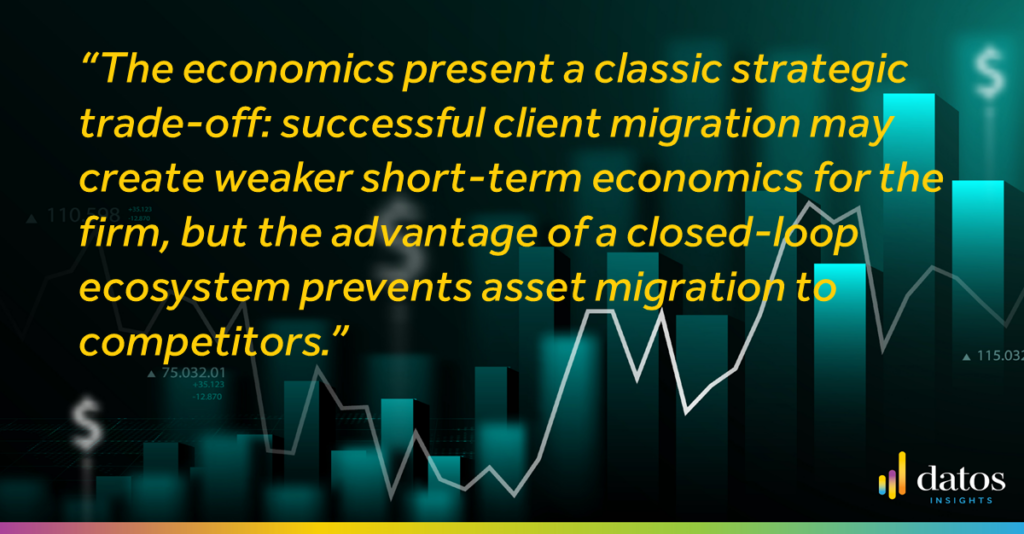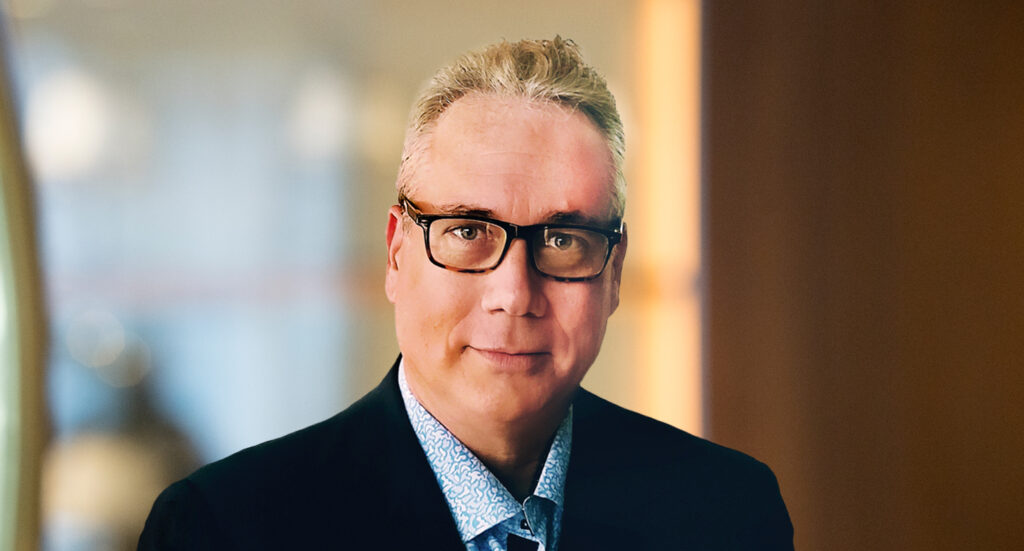Robinhood’s US$300 million acquisition of TradePMR is a strategic bet on solving a key problem: how to guide tech-savvy investors toward professional financial advice as they mature. The answer may lie in Robinhood’s “bridge”—a technology-driven system designed to smooth the conversion of the firm’s 25 million users into TradePMR’s 350-RIA advice ecosystem. This innovative mobile app-based referral platform, launching in mid-2026, represents a fundamental departure from traditional wealth management approaches.
Revolutionary Client Acquisition Using New Mobile Technology
Unlike traditional referral programs that rely on static advisor listings, Robinhood creates dynamic RIA “storefronts” within its mobile app—a personalized mobile experience that goes far beyond simple executive listings. Users can browse advisor profiles that feature visual interfaces with photos, credentials, and video introductions powered by intelligent matching algorithms. These algorithms assess financial compatibility, geographic proximity, and cultural alignment while evaluating investor assets against investment minimums, analyzing planning objectives, investment preferences, and reviewing existing account holdings and held-away assets.
Rather than overwhelming users with endless choices the system presents curated, compatible RIA options. Launched in four distinct phases over the next year, the platform will offer core attributes of many financial planning applications used by RIAs today, with conversion triggers built around life transitions—such as marriage, parenthood, and career advancement—combined with asset accumulation reaching advisory thresholds. The aggressive launch timeline demonstrates nimble design paired with strategic focus.
Targeting the Underserved Middle Market Creates Competitive Pressure
This technological foundation serves a carefully targeted demographic strategy. Robinhood expects to convert between 21% to 27% of accounts held by users aged 43-58, creating an immediate pipeline for advisory services. More significantly, the company positions itself for long-term growth with millennials and Gen Z, who comprise 75% of its user base and will eventually need economically priced, turnkey advisory solutions to meet growing financial complexity.
Robinhood’s unique advantage lies in analyzing client financial needs through the lens of a younger, captive audience—clients who do not necessarily follow traditional life-stage progression narratives. The platform can flexibly meet them where they are, potentially leading to the sunsetting of Robinhood’s robo advisor if it becomes a conversion draw to more personalized and economically competitive advice delivery (see our recent Datos report, Next-Generation Client Acquisition and Engagement: Flexing to the Gen Z Opportunity).
The firm strategically targets prospects with US $100,000 to US$499,000 in assets—below the US$500,000 thresholds at other firms but above the typical robo-advisor demographic. All 350 TradePMR RIAs participate from day one without barriers, focusing on mass market appeal rather than high-net-worth clients. The mobile-first interface creates a compelling alternative to traditional firms like Schwab and Fidelity, setting the stage for aggressive advertising campaigns targeting competitor robo-advisors, RIAs, and investor prospects.

Critical Risks Threaten Implementation Success
Robinhood’s positioning to capture the multitrillion-dollar wealth transfer to next-generation inheritors aligns perfectly with their demographic advantage. The company’s 5 million to 7 million accounts approaching prime advice-seeking age represent an estimated US$40 billion to US$60 billion in assets among mature account holders.
Even a conservative 10% to 15% conversion rate could generate US$4 billion to US$9 billion in new RIA assets—a compelling business case that threatens established custodians’ client acquisition models (and aligns with emerging next-gen client acquisition opportunities).
However, significant challenges loom. Cultural integration presents the most immediate challenge, as Robinhood must balance its trading-focused culture with fiduciary advisory standards. This creates a potential impasse for RIAs uncomfortable with the brand’s approach.
This risk of TradePMR advisor migration to other custodians will require hands-on RIA outreach and careful brand management. Cultural misalignment could trigger advisor departures, undermining the acquisition’s core value proposition.
The competitive response represents another critical threat. Schwab, Fidelity, and other established custodians could accelerate competing initiatives, defending their territory with enhanced offerings and aggressive pricing. TradePMR must demonstrate a clear value proposition to maintain RIA loyalty during this transition as Robinhood demonstrates unique client value against competing firms targeting their core demographic.
Strategic Implications for Financial Services Leadership
Robinhood’s strategy represents more than incremental innovation—it creates an entirely new client service category for a historically underserved demographic. While traditional programs serve a low percentage of RIA clients with higher asset thresholds, Robinhood targets existing clients in a fundamentally different market segment.
The economics present a classic strategic trade-off: successful client migration may create weaker short-term economics for the firm, but the advantage of a closed-loop ecosystem prevents asset migration to competitors. The potential for sustainable differentiation, brand extension, and increased long-term profitability outweighs near-term development expenses.
Immediate Action Required for Industry Leaders
Robinhood’s acquisition forces immediate strategic questions for financial services executives:
- How vulnerable are your current client acquisition models to next-generation competitors?
- What gaps exist in your middle-market service offerings?
- How effectively does your technology platform serve younger demographics?
- What defensive strategies protect against aggressive new entrants?
Firms that act quickly to address these strategic questions position themselves to compete effectively in the evolving wealth management landscape.
Ready to evaluate your firm’s competitive positioning against next-generation threats? Contact Datos Insights to understand how emerging business models impact your strategic planning and client acquisition strategies.

